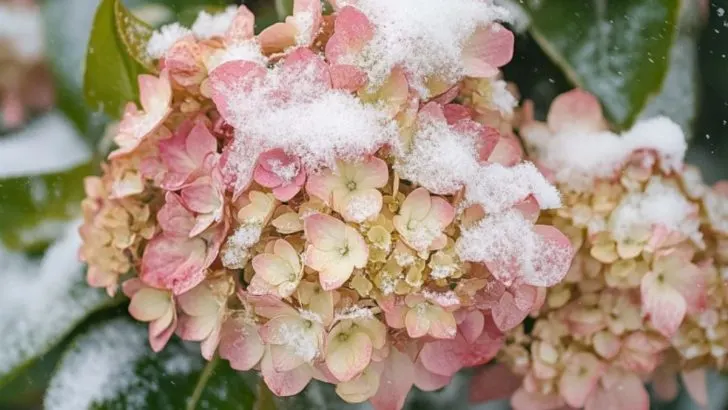Hydrangeas bring a touch of elegance to any garden, with their vibrant, voluminous blooms that can make any yard stand out.
While they may have a reputation for being a bit fussy, the good news is that these iconic perennials are actually easier to manage than you might think.
Once you plant them, they’ll return year after year, adding beauty to your garden without much hassle. Most hydrangea varieties thrive in zones 3 to 9, and when grown under the right conditions, these plants can live for over 50 years, gracing your yard with their stunning blooms each summer.
To keep your hydrangeas healthy and thriving, there are a few winter care practices that can make all the difference.
1. Avoid Pruning in Winter

One of the most crucial rules of hydrangea care is to never prune them in winter (and ideally, not in late fall either).
Pruning during this period can expose the plants to harsh winter winds, leaving them vulnerable to damage.
Some hydrangea varieties even set their flower buds in the fall, meaning a winter trim could cut off next season’s blooms entirely.
This is particularly true for types that form new buds on older wood rather than on fresh growth. So, to enjoy lush blooms in the warmer months, hold off on those pruning shears until the right time.
2. Deep Watering Before the Ground Freezes
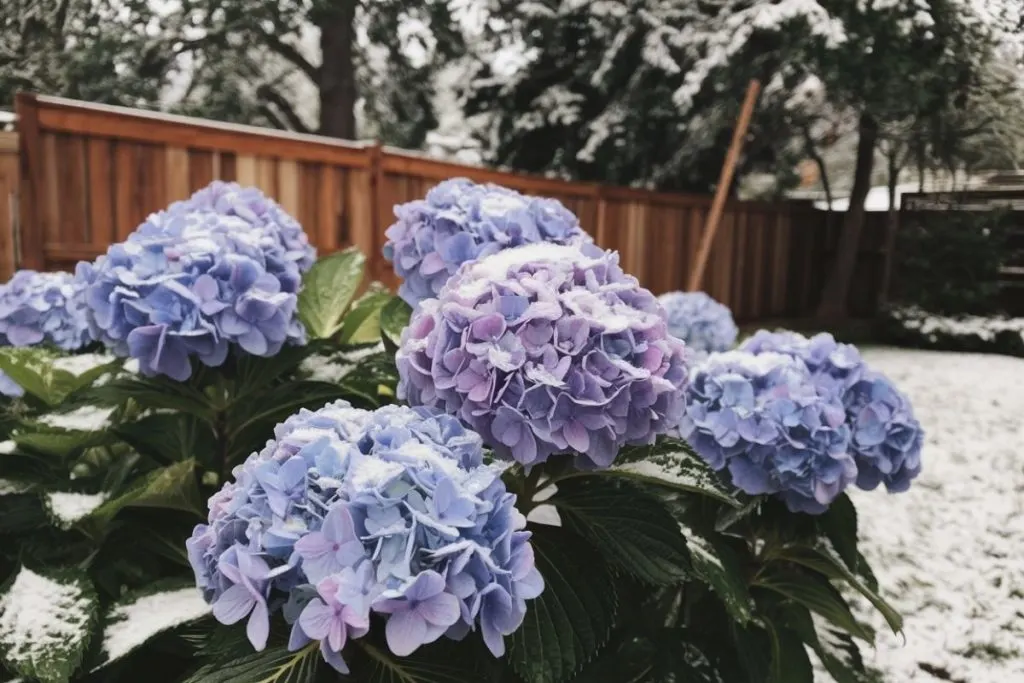
A thorough, deep watering session before the ground freezes is one of the best ways to prepare your hydrangeas for winter.
This helps to ensure that the plant’s roots have plenty of moisture, which is especially beneficial for these water-loving flowers.
In regions that don’t see much snowfall, you might need to give your hydrangeas a drink a few times during winter to keep them hydrated.
3. Add Compost Before the First Frost

Applying a layer of compost around your hydrangeas before the first frost hits can give your plants a head start for the next growing season. As the compost breaks down over the winter, it enriches the soil, setting up a nutrient-rich environment that will help your hydrangeas thrive once spring arrives.
4. Mulch for Insulation
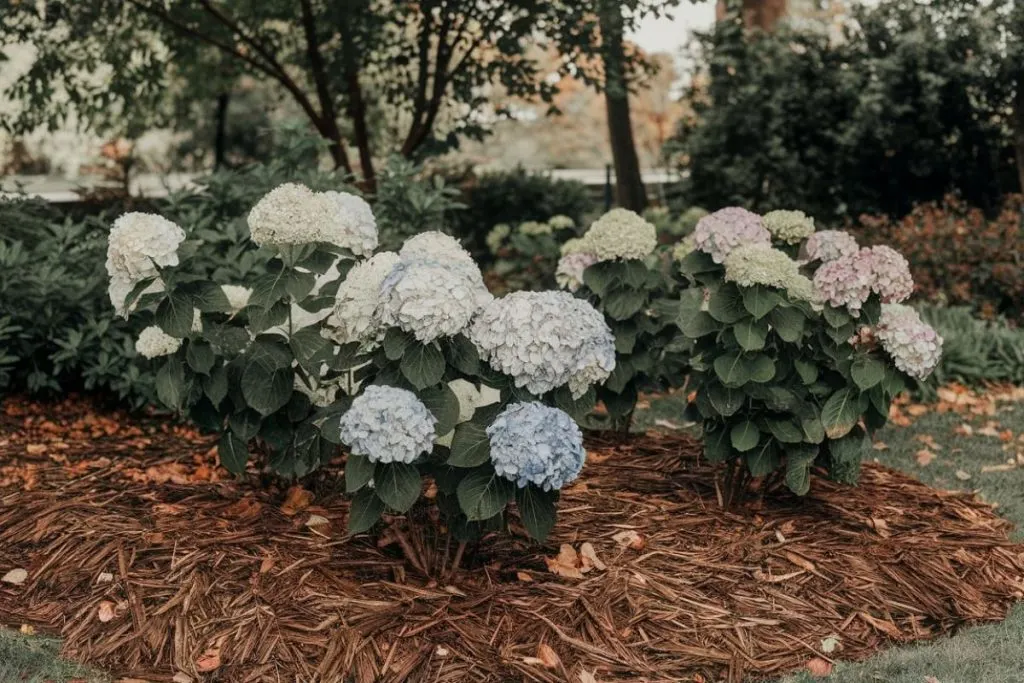
To shield your hydrangeas from the winter chill, cover the ground around their roots with a thick layer of mulch. This can help retain moisture and keep the soil temperature stable. Opt for a 12-inch deep layer of hardwood mulch; it acts like a cozy blanket, protecting the roots during the cold, dry months.
5. Protect Potted Hydrangeas From Wind
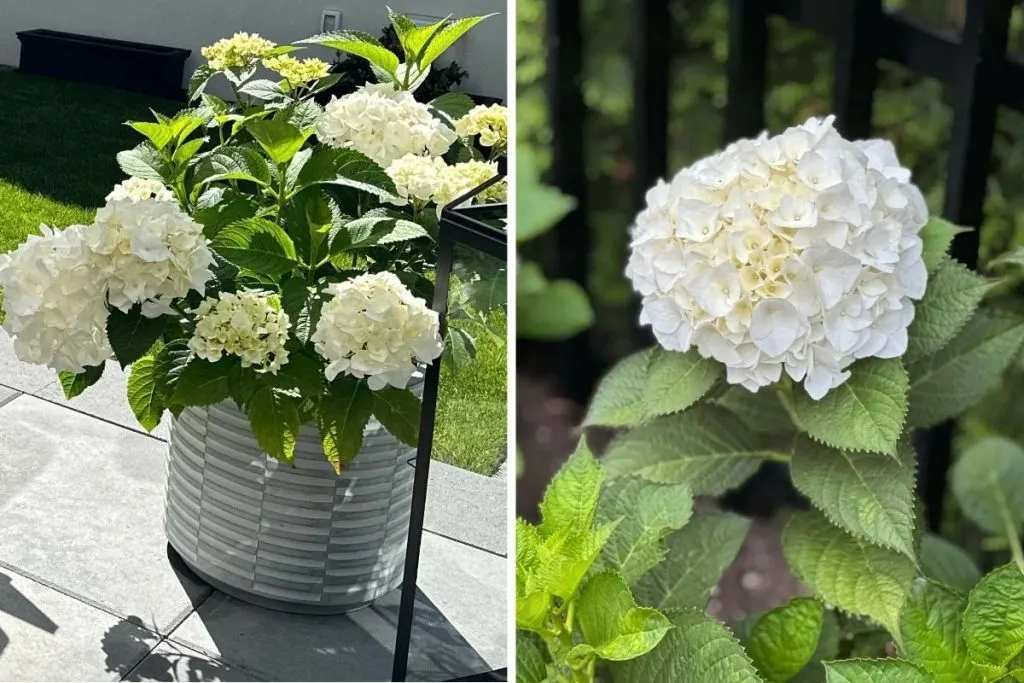
If your hydrangeas are potted, consider relocating them to a more sheltered spot where they’ll be shielded from harsh winds, such as behind a shed or along the least windy side of your house. Some gardeners even choose to bring their potted hydrangeas indoors to ensure they stay protected all winter.
6. A Spring Boost: Pickle Juice
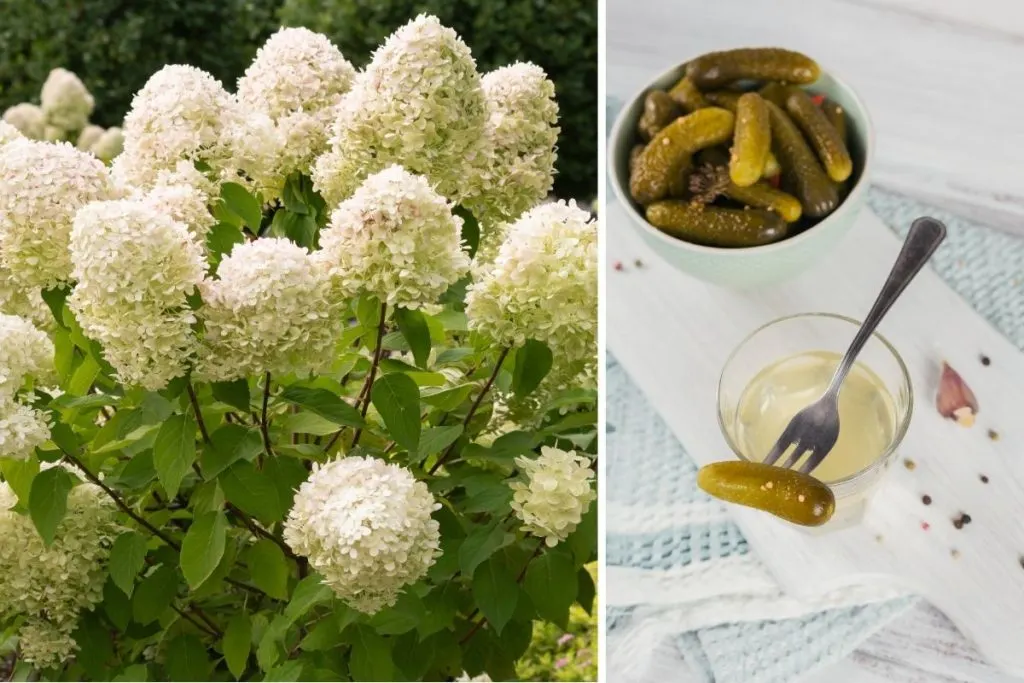
Here’s a quirky tip that can give your hydrangeas a little extra pep: pickle juice. When the ground starts to thaw in the spring, a small dose of pickle juice around the roots can help to refresh and revitalize your plants, setting them up for a vibrant blooming season.
Keep Your Hydrangeas Healthy All Year Long
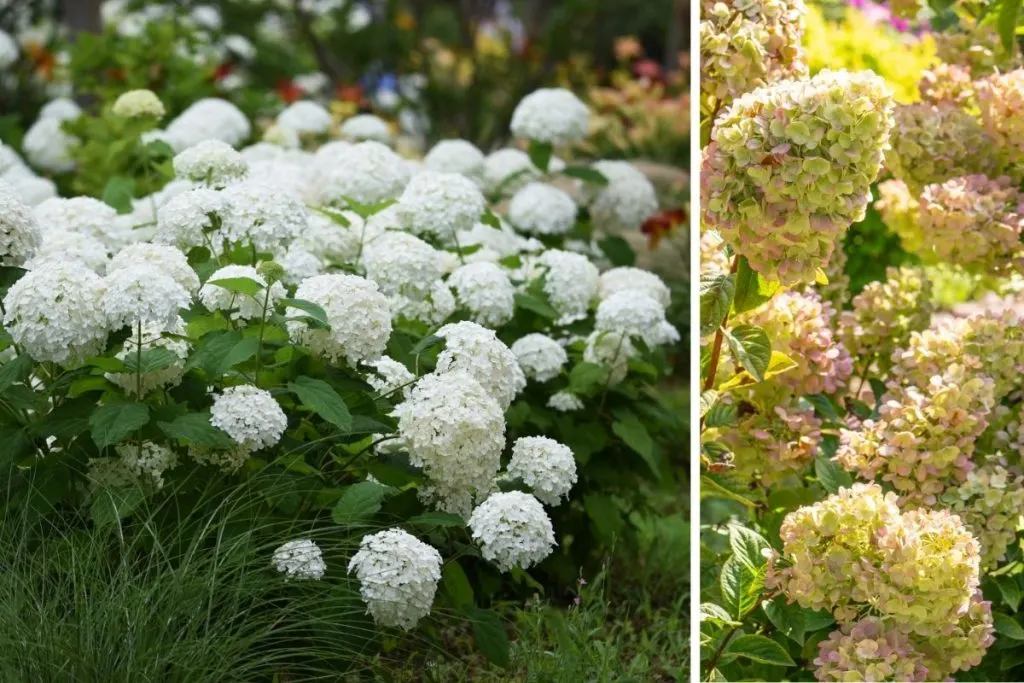
With just a bit of extra care, your hydrangeas can survive the winter months and come back even more beautiful in the spring.
Deep watering, a layer of compost, and a thick mulch cover can do wonders, while simple steps like protecting potted plants from wind make a big difference.
By following these easy tips, you’ll ensure that your hydrangeas stay strong, healthy, and ready to show off their stunning blooms year after year.

